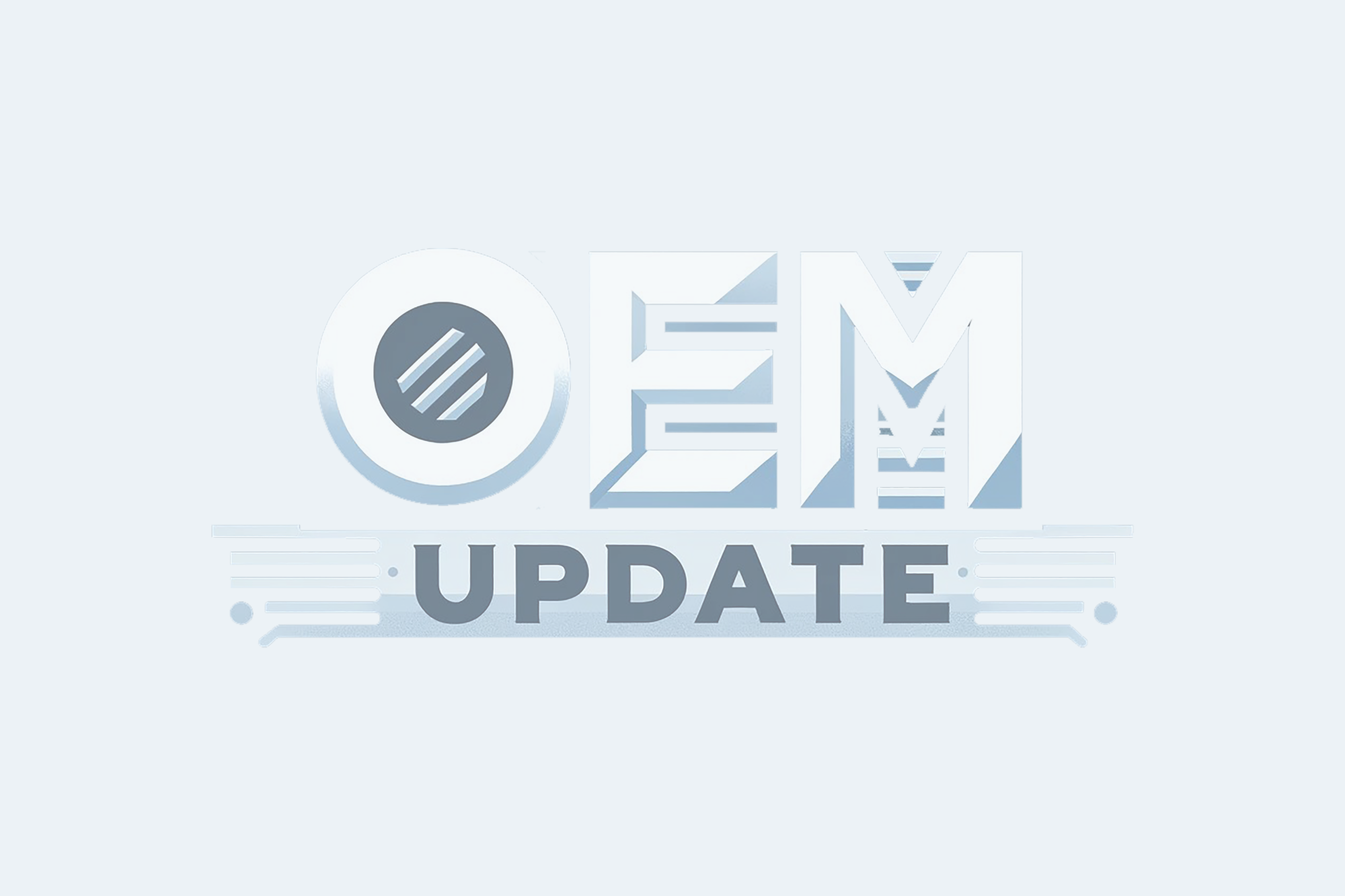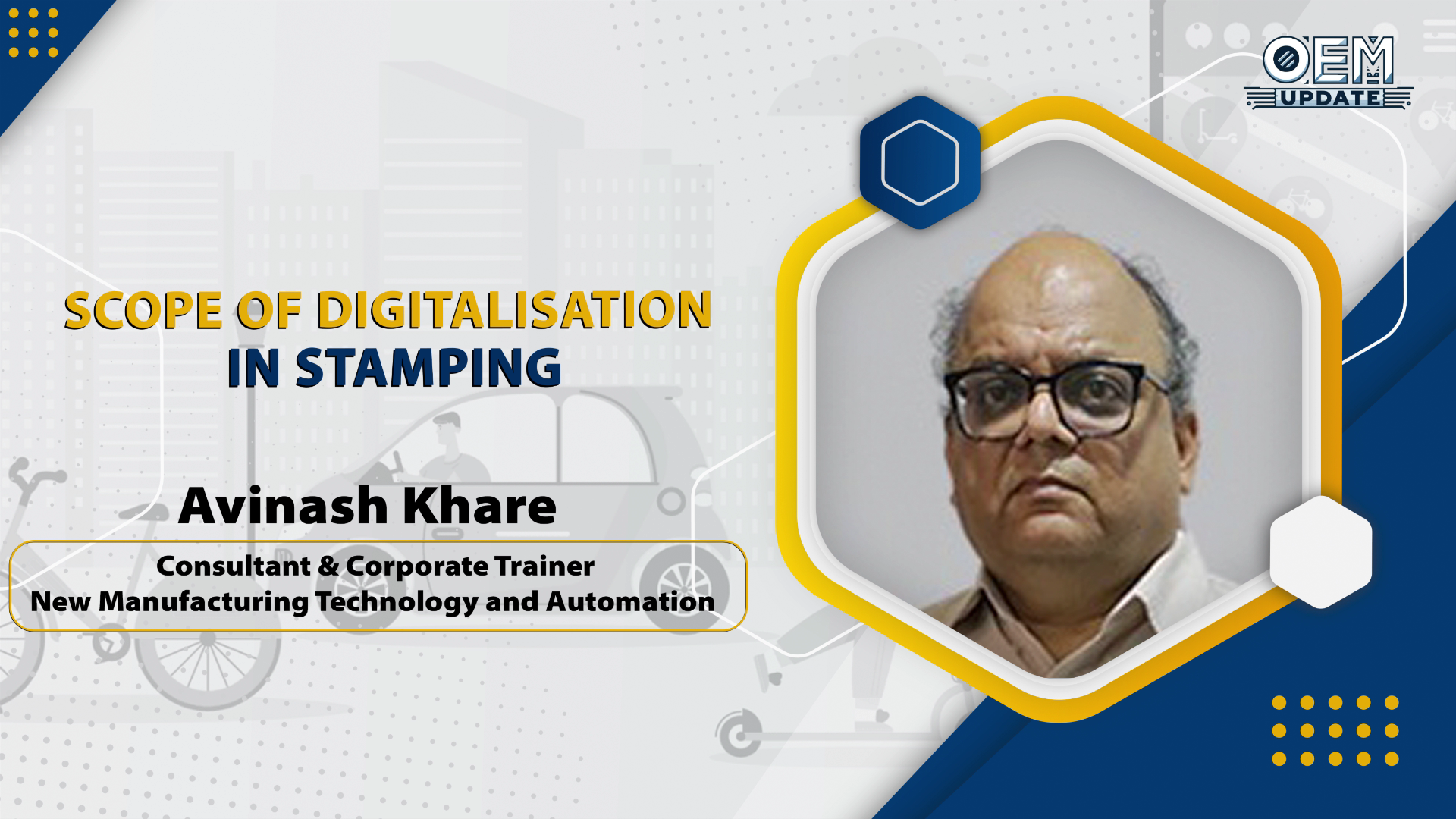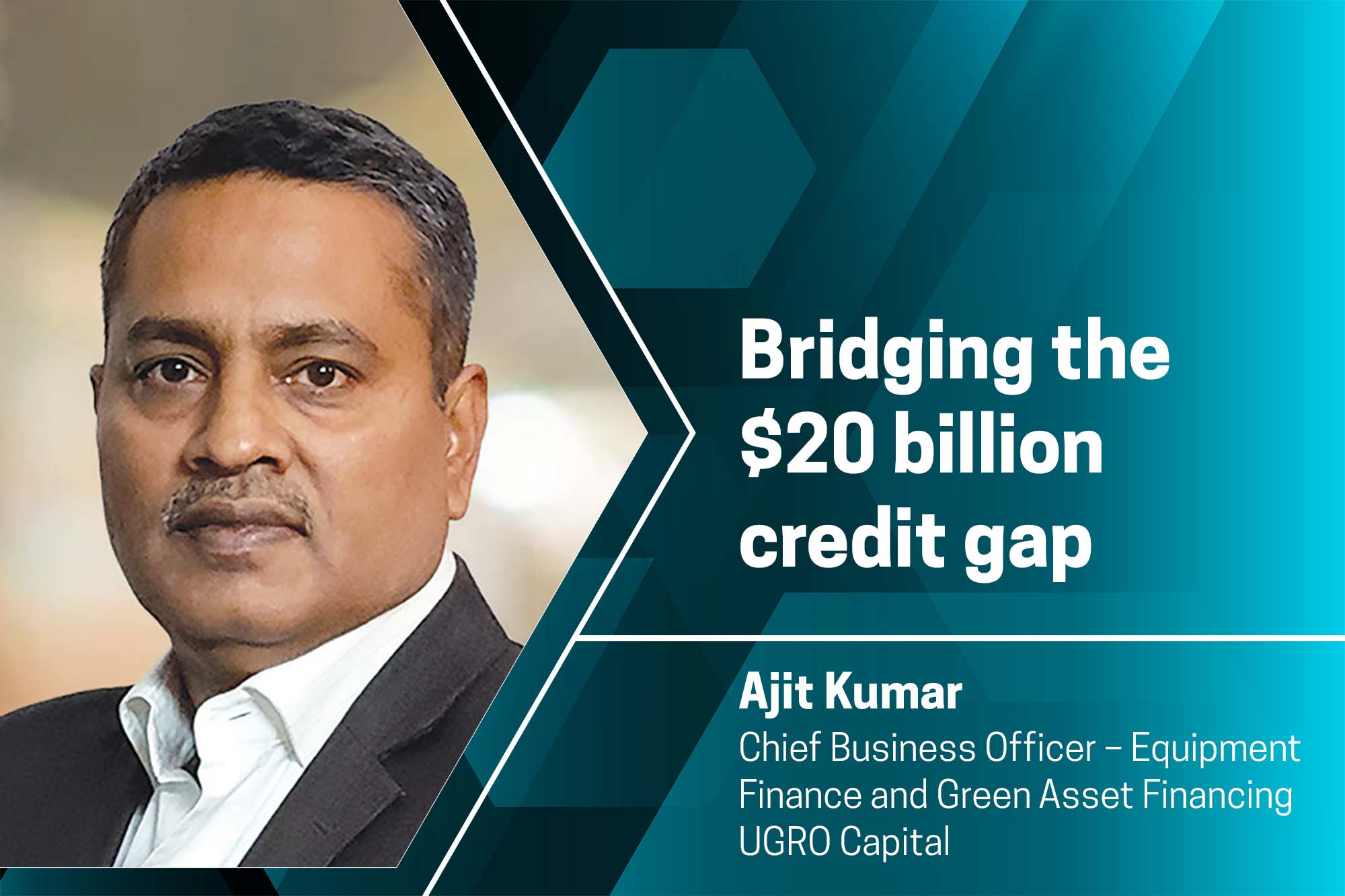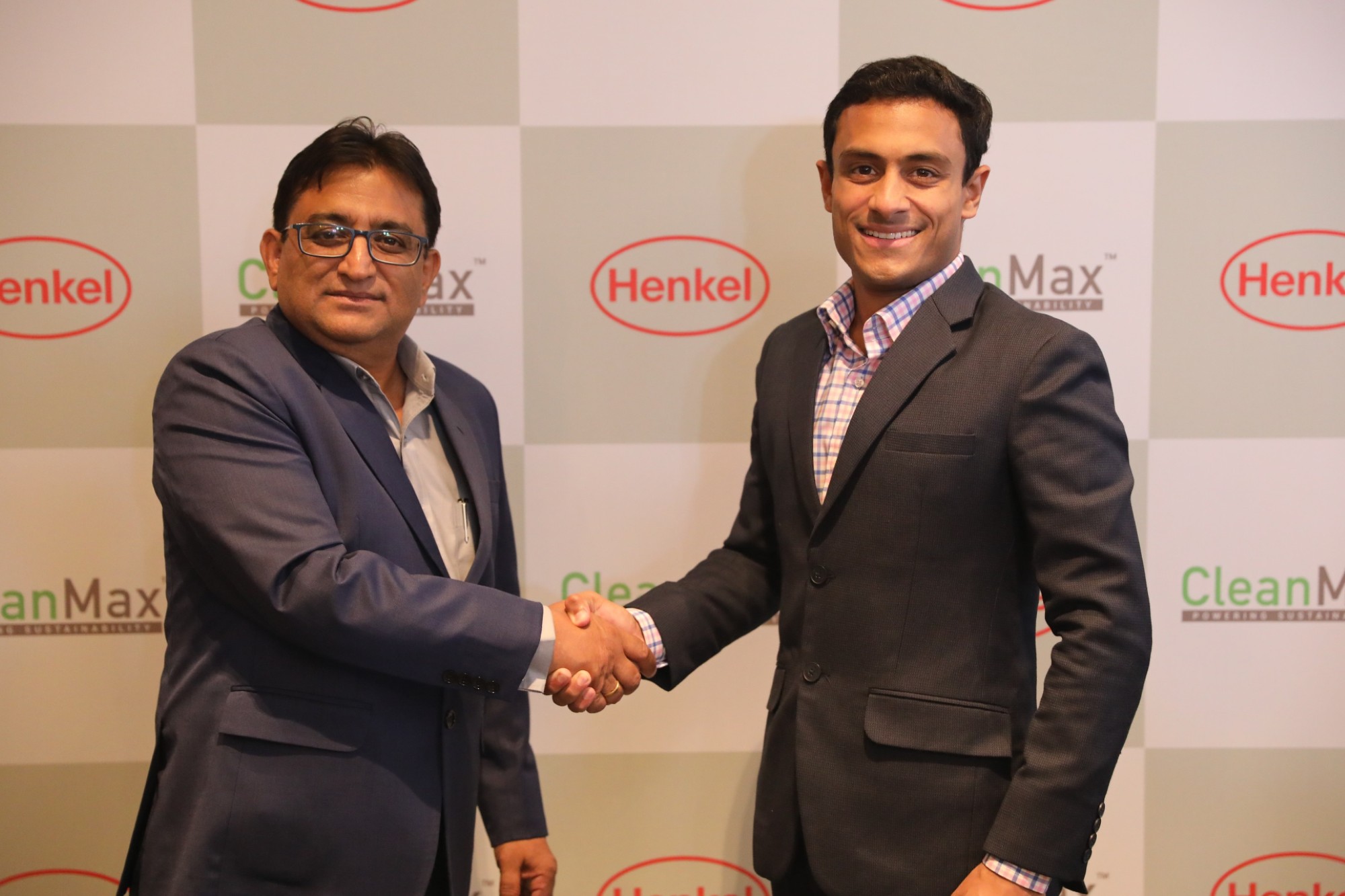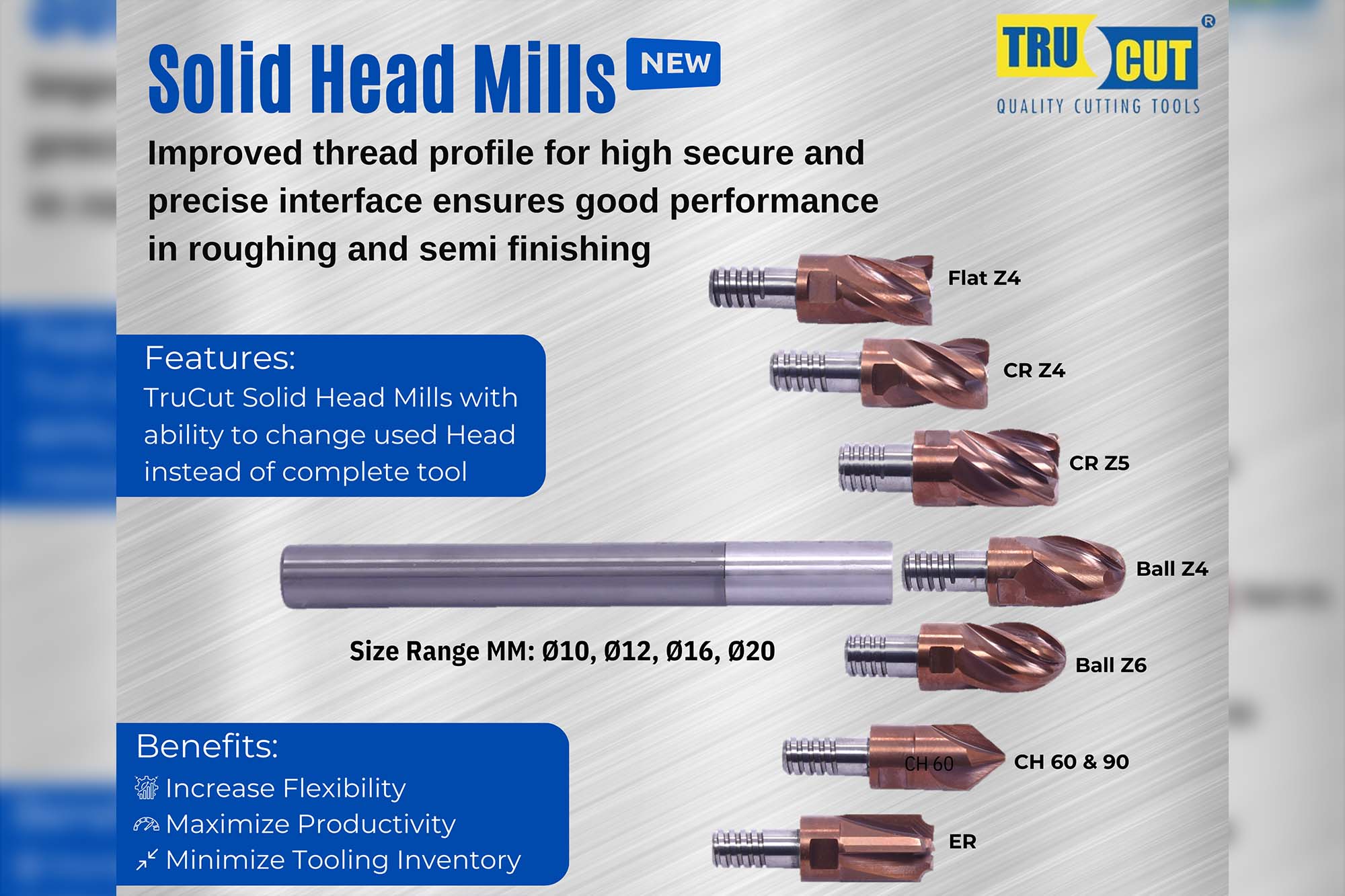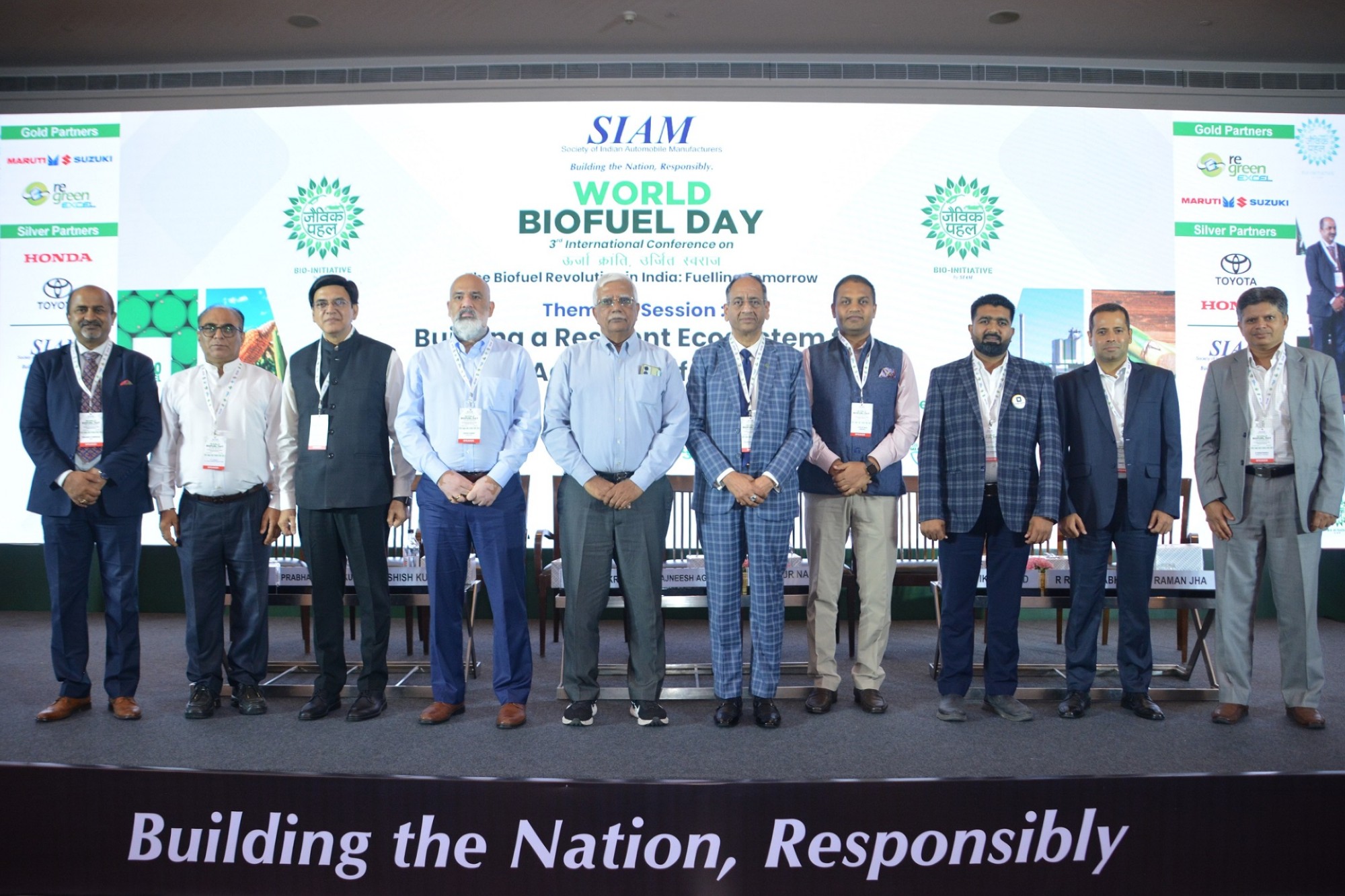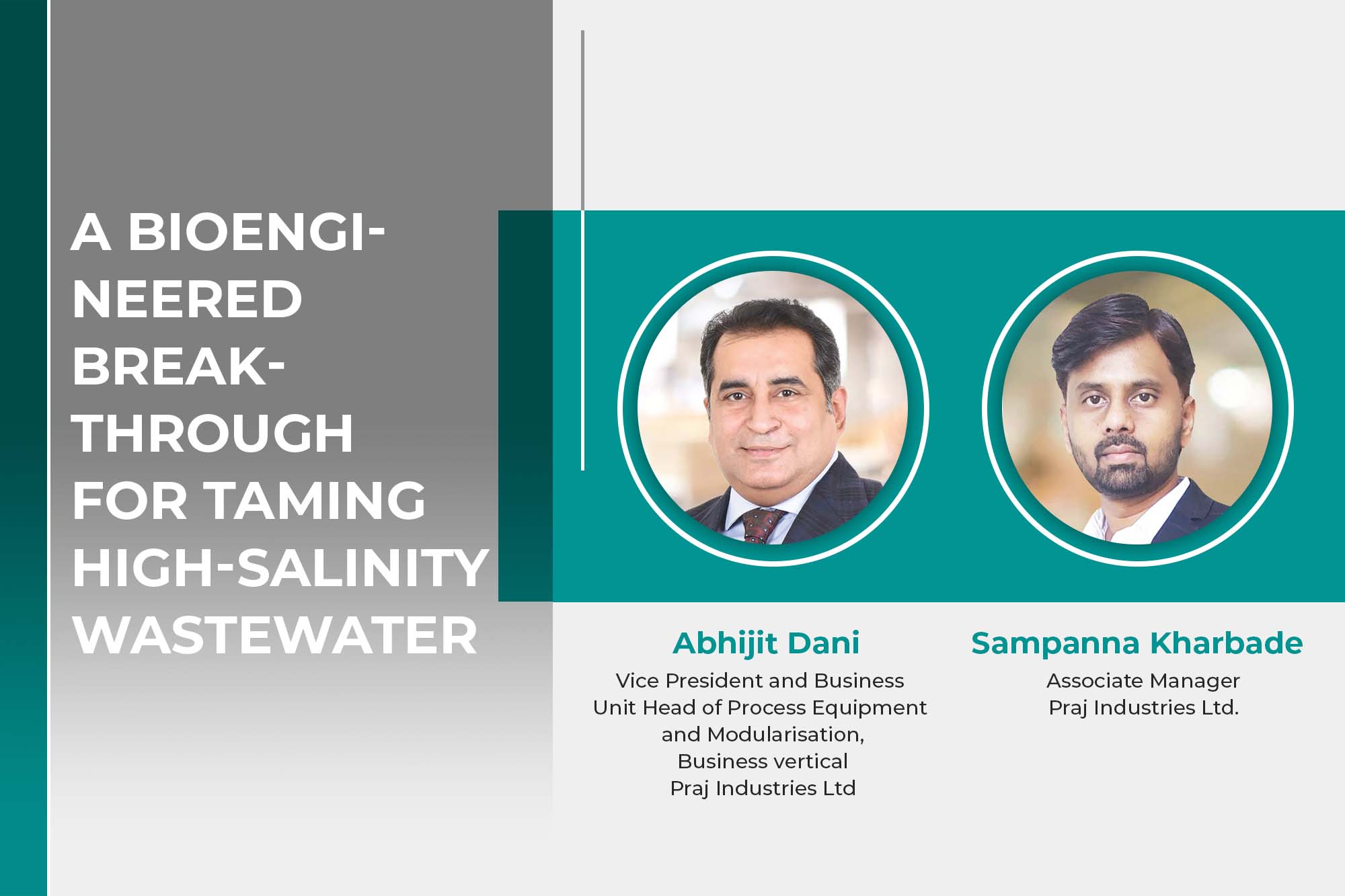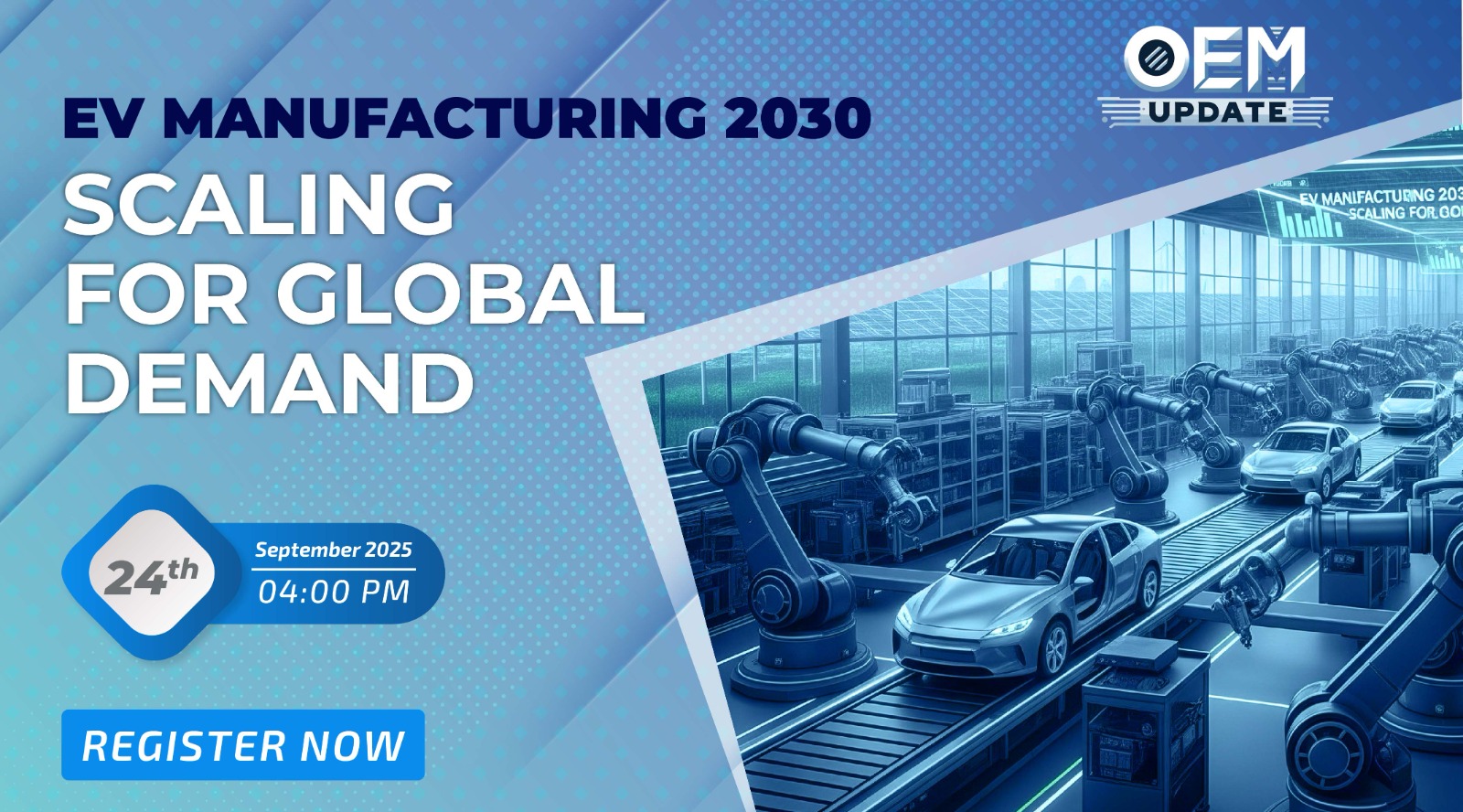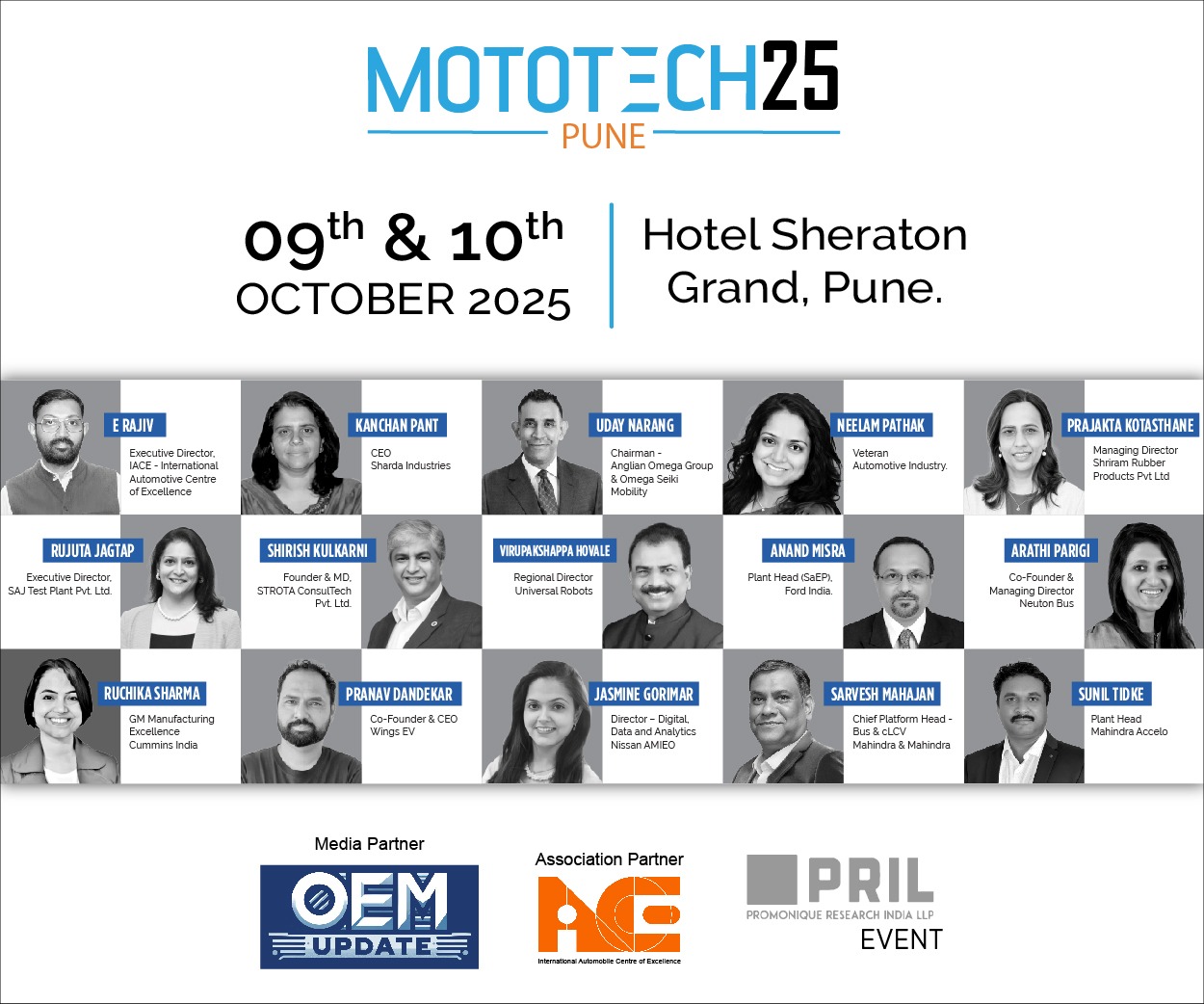PRECISE DEBURRING
By admin June 29, 2015 3:44 pm IST
At Heidenreich & Harbeck, KUKA robots remove undefined burrs in cast parts with the help of contour detection
Since 1927, Heidenreich & Harbeck has manufactured sophisticated cast parts in Mölln. The company develops, casts and processes high-quality components in small and large series, according to the slogan “seamless quality”. At Heidenreich & Harbeck, customers can purchase ready-to-install cast components with a unit weight of up to 16 tons from one source. For this renowned company, Boll Automation has developed an automation solution, with which a robot-based, fully automatic post-processing process is enabled despite the undefined formation of cast burrs.
The core competencies of Boll Automation are robotics, measurement technology and automated surface inspection for turnkey testing and automation systems with visual 100 per cent inspection in production. “For Heidenreich & Harbeck, we concentrated on a fully automated post-processing system for deburring cast parts,” André Peters, Executive Manager of Boll Automation, explained. Foundries can benefit from a conversion from manual work to robot-based work: Be it extreme heat, the handling of liquid metal or extremely heavy weights, excessive dust, work areas with high humidity or flying chips in post-processing – the environment puts a strain both on humans as well as on the machine and requires maximum robustness. On top of that, there are often great requirements with respect to product quality, reproducibility, flexibility in production, quantity and cycling.
“So far, the undefined formation of cast burrs has made a robot-based automation in post-processing more difficult or partially even impossible at Heidenreich & Harbeck,” André Peters said. He added that, with the solution found now, they have successfully mastered this challenge. The KUKA foundry robot mounted on a console at Heidenreich & Harbeck is equipped with a number of processing units for cleaning or polishing the cast burrs. Once the burr is determined accurately, the robot starts with the precise post-processing with great reproducibility.
Specific protective features of the KUKA foundry robotsThe foundry version has some additional benefits, which have been specifically developed for foundries: Thanks to the use of special painting, a heat-, corrosion-, lye- and acid-resistant surface protects the robot, just like special gaskets at the motor and gearbox flanges. The foundry wrists holding the gripper tools, which are made of heat-resistant special steel, are painted with a specific aluminium white paint, which allows an even greater heat-resistance in this particularly critical area. For the use in extremely rough environments, it is furthermore important that the electronic system in the robot is permanently secured against dust and dirt. Atmospheric overpressure in the enclosure has proven particularly effective in this regard.
Highest degree of flexibility“Due to the combination of robot and three-axle positioning unit with a load carrying capacity of 750 kgs, the system achieves the highest degree of flexibility possible as it is able to deburr different cast parts from all sides,” Kai Helmstetter, Technical Manager of Boll Automation explained. He added that this increases the cycle times in post-processing in confined spaces dramatically. Other benefits of the new automation solution: The individual robot-steered post-processing is optimised for the respective workpiece. Thus, the quality can be improved and kept at a constantly high level, the tools are spared and a great level of reproducibility is given despite the different manifestations of burrs. Last but not least, Heidenreich & Harbeck were able to make the workspaces more humane thanks to the new automation solution.
Authored by: Laura SchwarzbachKUKA Roboter GmbHwww.kuka-robotics.com
Cookie Consent
We use cookies to personalize your experience. By continuing to visit this website you agree to our Terms & Conditions, Privacy Policy and Cookie Policy.



